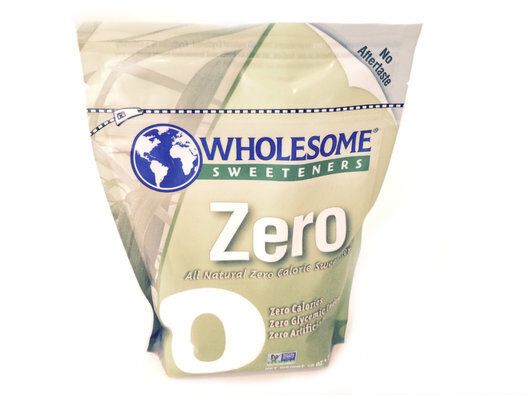
We live in an increasingly health conscious era, though it is oddly juxtaposed against our fast food, fast results, sweet tooth culture. If we can find a way to make the best of both worlds, it's bound to be a big seller. Such is the story of so-called natural sweeteners.
While saccharin was emerging as a sugar replacement for calorie-counting dieters who still wanted dessert, high fructose corn syrup was the alternative for those counting pennies. We now know both to pose serious health risks, requiring a marketable sweetener that consumers could purchase as a healthy alternative to sugar. Agave nectar has been sold to fit the bill, except for one major caveat: its status as a health product may not fall any higher than that of high fructose corn syrup.
What is Agave?
Grown in the desert, the agave species actually has a myriad of variants. They are large succulents, similar in appearance to aloe vera plants. While agave are native to central Mexico, they have been cultivated throughout the world for several hundred years. Two that are of note for agave nectar or syrup production are agave salmiana and agave tequilana.
Agave salmiana contains what most closely resembles nectar. It is commonly known as Green Giant agave, as it can grow to around six feet tall and 12 feet wide. Salmiana is the key to a traditional agave wine, using the same "nectar." As the plant grows, a stalk springing from the middle is cut, leaving a gaping hole in which sweet liquid pools. It is then collected, and the complex sugars broken down via enzymes into a dark syrup comprised of simple fructose and glucose.
However, this is not the source of the golden liquid sweetener found on most shelves. Instead, agave tequilana (or Americana) is more likely the source. Also called blue agave, tequilana is the more extreme version in every way -- where salmiana makes wine, tequilana makes liquor. Salmiana requires an extract; tequilana undergoes an extensive process. Allowed to grow to maturity, the leaves are removed and core harvested. The syrup is processed via filtration, heat, and concentration before being bottled and shipped to health food stores worldwide.
Putting Agave Nectar into Perspective
As the veil lifts and consumers realize agave nectar isn't simply collected as a bee would gather its ingredients for honey, many are drawing the connection between agave syrup and high fructose corn syrup.
Comparatively, the syrup of agave tequilana is primarily comprised of fructose sugars. A 2015 evaluation of the composition of agave syrup revealed shocking results. Fructose is easily the primary sugar in agave tequilana -- to the tune of more than 60 per cent of the total composition -- while agave salmiana leaned more toward sucrose sugars. By comparison, high fructose corn syrup contains closer to 40 to 55 per cent fructose.
The similarities continue, as both high fructose corn syrup and agave have been shown to increase triglycerides and blood lipid levels. And both agave nectar are as low in antioxidants as they are high in fructose. A recent analysis of a dozen common sweeteners found agave and high fructose corn syrup at the bottom of the antioxidant rung, with only trace amounts.
Fructose in Agave -- A Real Problem!
While we most often picture the corn being the troublemaker in high fructose corn syrup, but it more likely may be the fructose. In recent years, we have increased our fructose consumption dramatically, far beyond what fruit itself can offer. High concentrations are an assault on the liver, which likely contributes to the elevated triglyceride and lipid levels that agave nectar and high fructose corn syrup leave us to battle.
Low antioxidant levels come into play when the body's reaction to the sugar levels is set into motion and expects an antioxidant intake sufficient to counter it -- but with agave nectar, there is none to be found. Researchers speculate that this shift in high fructose/low antioxidant intake may be at the heart of some metabolic disorders.
Refined sugar is vilified in the natural health community for lacking the minerals that the body would otherwise use to counter its intake. As a processed product lacking vital phytonutrients and excessive levels of fructose, agave nectar should get the same reception.
Agave Alternatives
In my Core Plan for nutrition, I advocate eliminating refined sugars, as do many nutrition experts. Too often, however, marketing ploys win and people buy the lie that agave is a natural sweetener and viable alternative to honey or sugar. If you absolutely need a sweetener, high-quality honey is a much better option, with a varying level of fructose and much less processing. Better still, dark molasses is concentrated and a good source of trace minerals.
MORE ON HUFFPOST:
